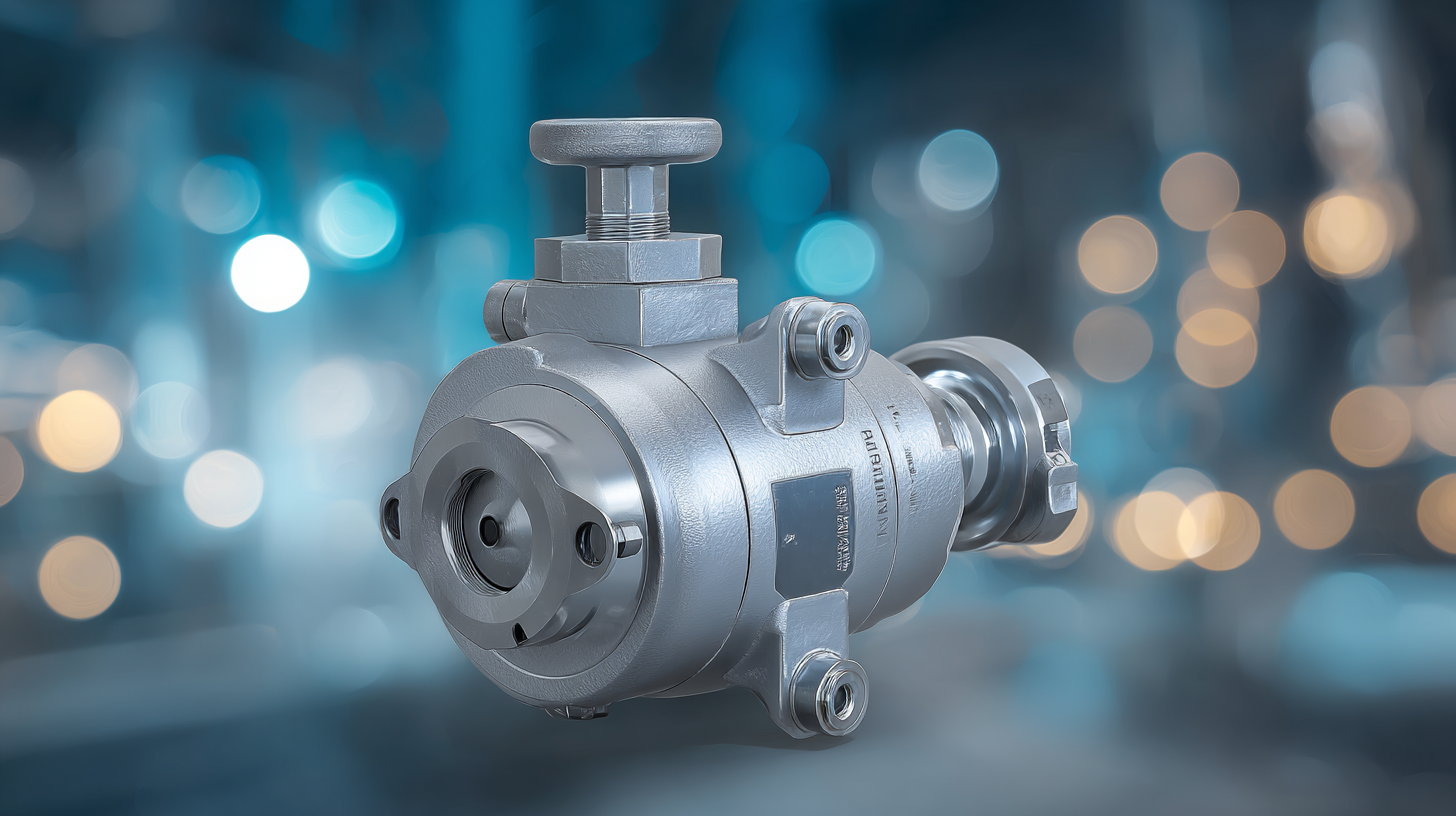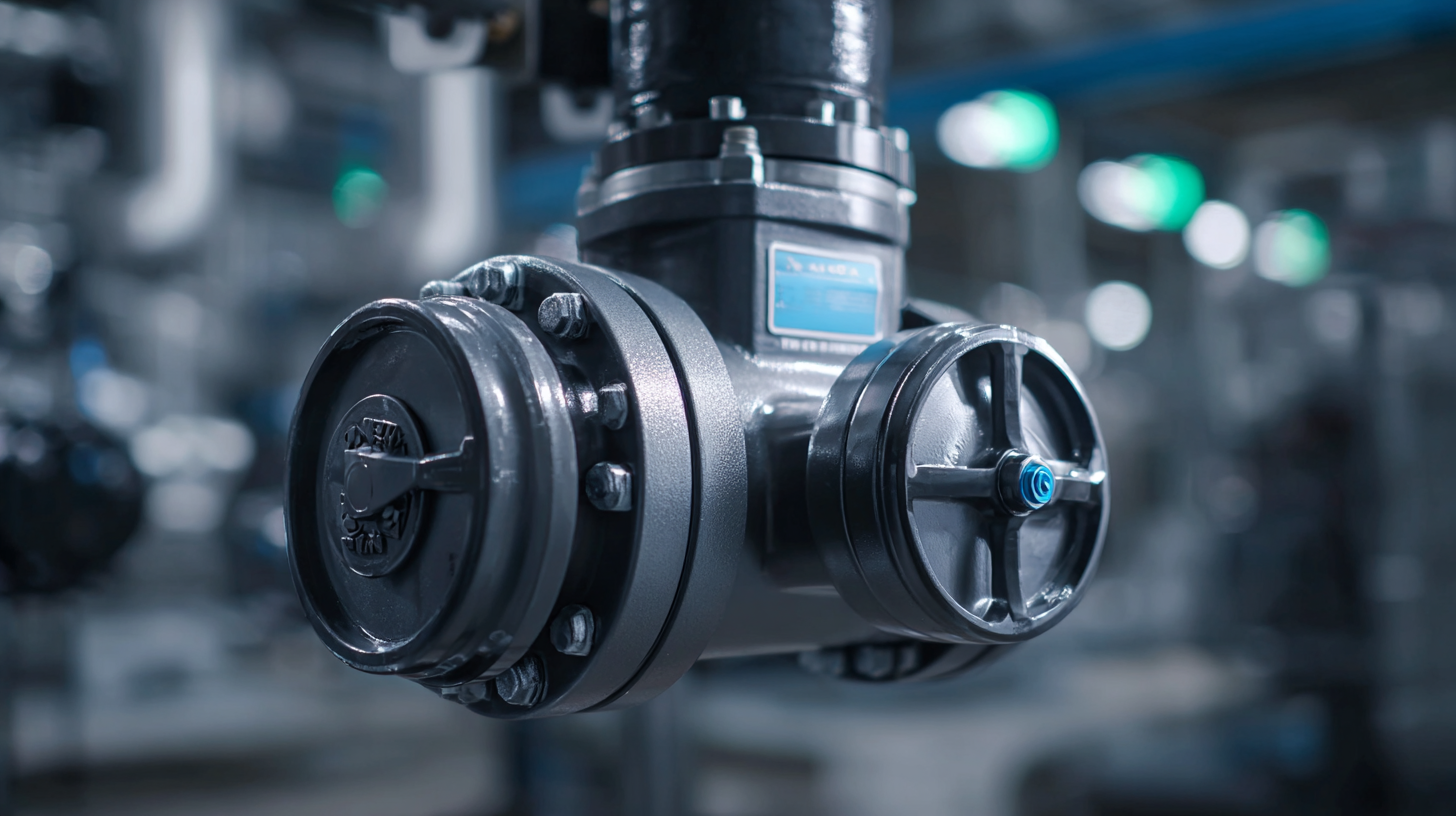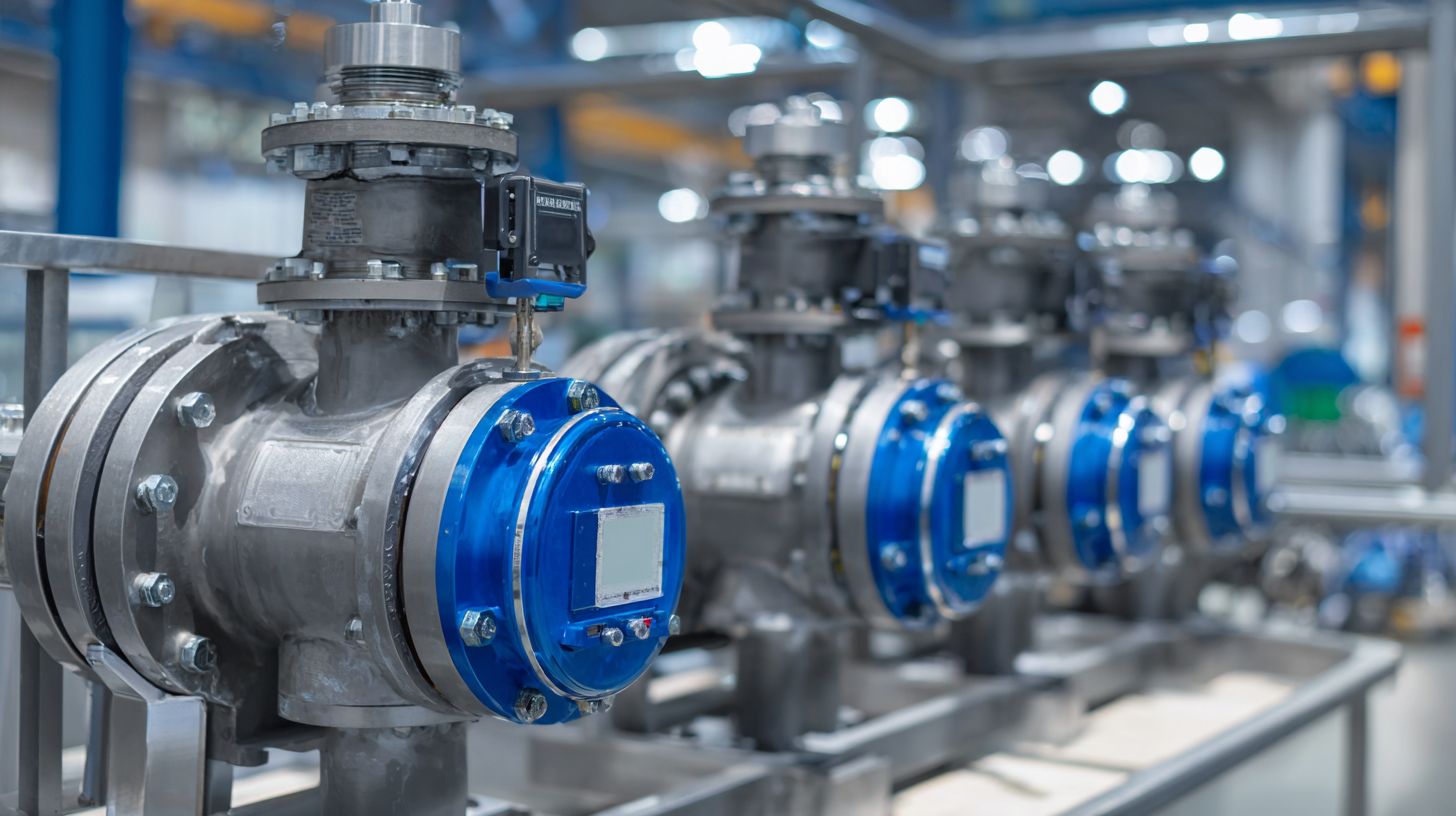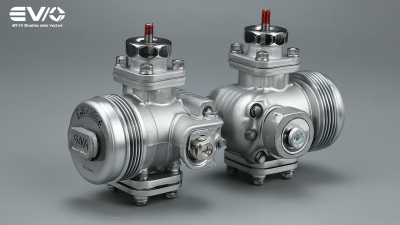
-
Home
-
Products
-
About Us
-
Application Cases
-
CLIENT & FACTORY
-
Test
-
News
-
Contact Us
Leave Your Message

In the realm of fluid control, maximizing efficiency is paramount to achieving operational excellence in industrial applications. Wafer Ball Valves, known for their compact design and exceptional reliability, are increasingly recognized as a critical component in modern fluid management systems. According to a recent report by MarketsandMarkets, the global ball valve market is projected to reach $15.9 billion by 2027, driven by the rising demand for efficient fluid handling across industries such as oil and gas, water management, and pharmaceuticals.

The unique features of Wafer Ball Valves, including reduced weight, ease of installation, and minimal pressure drop, position them as an optimal solution for industries seeking to enhance performance and lower operational costs. This article delves into the practical applications and advantages of Wafer Ball Valves, providing insights on how to leverage this technology for superior fluid control and operational efficiency.
Wafer ball valves play a crucial role in optimizing fluid control within industrial settings. Unlike traditional valve designs, wafer ball valves integrate seamlessly between flanges, allowing for reduced weight and space requirements. This compact design not only enhances installation efficiency but also minimizes the risk of leakage, crucial for maintaining operational safety and integrity in various applications. By maintaining a tight seal when closed, these valves ensure that fluid flow can be efficiently controlled with minimal pressure loss.
Furthermore, the superior flow characteristics of wafer ball valves considerably increase system performance. Their ability to provide a full port design facilitates high flow rates and reduces turbulence, which is essential in processes that require precise fluid management. Consequently, industries such as oil and gas, water treatment, and chemical manufacturing benefit significantly from the reliability and efficiency of wafer ball valves. Such advantages highlight their indispensable role in modern industrial fluid control systems, where optimizing efficiency is fundamental to operational success.
In industrial applications, wafer ball valves play a crucial role in optimizing fluid control, particularly through key performance metrics such as flow rates and pressure drops. Flow rate, defined as the volume of fluid moving through the valve over time, is fundamental for ensuring efficient operation in various processes. An effective wafer ball valve should provide a minimal resistance to flow, thus maximizing the throughput and reducing the energy required to transport fluids. This characteristic is essential for industries where maintaining high productivity is critical, such as in chemical processing and water treatment.
Additionally, pressure drop is another important metric to monitor when evaluating wafer ball valves. A significant pressure drop across the valve can indicate inefficiencies, leading to increased operational costs and potential system failures. By analyzing pressure drop, engineers can determine the ideal size and configuration of wafer ball valves to ensure a balanced system that minimizes losses while maintaining the desired flow conditions. Therefore, understanding these performance metrics allows for better selection and application of wafer ball valves, enhancing overall system efficiency and reliability in fluid management.
When selecting the right wafer ball valve for industrial applications, the choice of materials is critical for ensuring durability and performance. Common materials for wafer ball valves include stainless steel, carbon steel, and various plastics. Stainless steel is particularly favored for its resistance to corrosion, making it ideal for applications involving aggressive chemicals or high temperatures. On the other hand, carbon steel is often used in less corrosive environments and offers a cost-effective solution. The chosen material should align with the specific fluid characteristics and operating conditions to maximize the valve's lifespan.
In addition to material selection, the size of the wafer ball valve plays a crucial role in optimizing fluid control. Ensuring the valve is appropriately sized for the pipe diameter is essential for minimizing turbulence and maintaining flow efficiency. A valve that is too small can create excessive pressure drops, while an oversized valve may lead to inadequate sealing and operational problems. Therefore, careful consideration of both the material and size will not only enhance the valve's durability but also improve overall operational efficiency in industrial fluid control applications.
To maintain optimal performance of wafer ball valves in industrial applications, regular maintenance is crucial. First, operators should conduct routine inspections to identify any signs of wear, corrosion, or damage. By checking the seating surfaces and the ball for scratches or buildup, potential issues can be addressed before they escalate. It’s also essential to verify the integrity of seals and gaskets, as any deterioration could lead to leaks and affect the valve's functionality.
Additionally, lubrication plays a vital role in the maintenance of wafer ball valves. Utilizing appropriate lubricants can reduce friction and wear on moving parts, ensuring smoother operation. It is important to follow manufacturer recommendations for lubrication intervals and types to avoid complications. Moreover, operators should ensure that the valve actuators are functioning correctly, as reliable actuation is key to maintaining consistent fluid control. Regularly training maintenance personnel on best practices will further enhance the efficiency and reliability of board systems, promoting long-term performance and minimizing operational disruptions.

When evaluating industrial valve solutions, a cost-benefit analysis between wafer ball valves and traditional valve types reveals distinct advantages. Wafer ball valves are increasingly preferred due to their compact design and lightweight structure, which reduce installation and support costs. Unlike traditional valves that require significant space and reinforcement, wafer ball valves can be easily integrated into existing systems without extensive modifications. This adaptability not only streamlines installation but also minimizes labor expenses.

In terms of operational efficiency, wafer ball valves demonstrate superior flow characteristics with lower pressure drops compared to many traditional valves. This efficiency translates to cost savings in energy consumption, as less energy is required to move fluids through the system. Additionally, the durable materials used in wafer ball valves reduce maintenance needs and downtime, further enhancing their economic viability. By assessing these factors, industries can make informed decisions that optimize their fluid control systems while maximizing return on investment.





